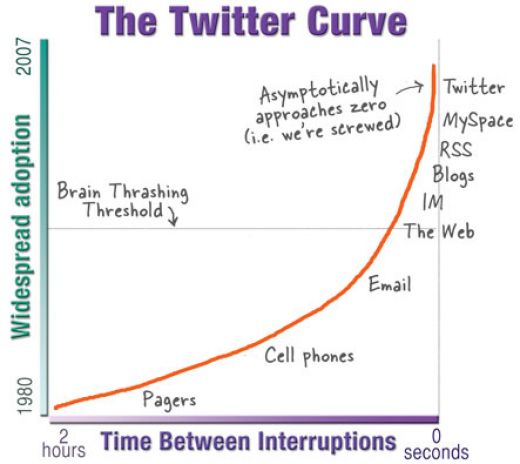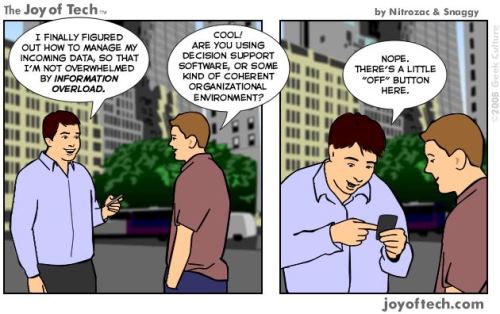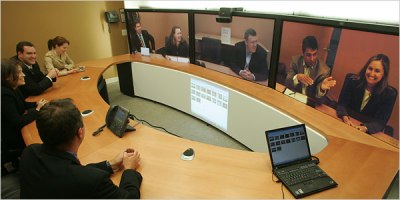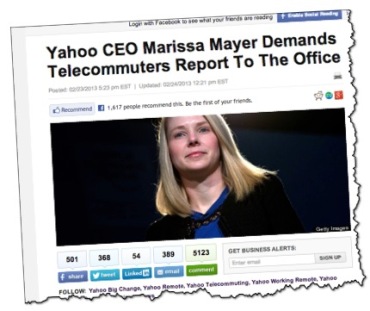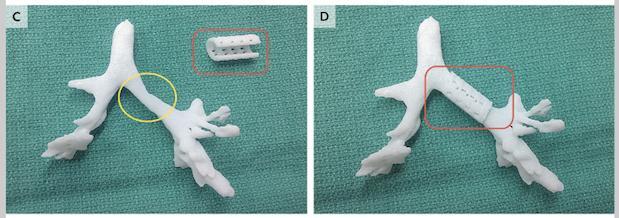When submitted to information overload, “We focus on those signals that tell a story about the world as we would like it to be, not how it really is.” – Nate Silver (in his excellent book ‘The Signal and the Noise‘). Nate is an expert statistician, successful at forecasting various things from baseball to other sports to elections (he is the founder of a famous think tank called Five-Thirty-Eight which specializes in elections prediction (apparently it gave the best prediction of the last US presidential elections)).
 Nate Silver explains that information overload might foster extremism and people retreating to their communities, hence sectarianism and possibly, fights between partisans. It is his interpretation of what happened when printing released information in the 15th century – great fights happened around Protestantism and numerous communities formed that tended to avoid contact with this new information coming rushing at them.
Nate Silver explains that information overload might foster extremism and people retreating to their communities, hence sectarianism and possibly, fights between partisans. It is his interpretation of what happened when printing released information in the 15th century – great fights happened around Protestantism and numerous communities formed that tended to avoid contact with this new information coming rushing at them.
Following this thought, it might very well be a risk of modern life that the excess of available information would only create stronger beliefs in ‘right’ or ‘wrong’ and that we would be psychologically tempted to reject the bulk of it as a natural, defensive reflex. That could explain the increasing defensive communities that can be observed across the world.
We need to limit the amount of information we submit ourselves to – and at the same time find a way to keep an open mind. Be wary that many strange things we observe today might be due to information overload – and people picking and choosing only what aligns with their beliefs. That might be the key to understanding many behaviors.





